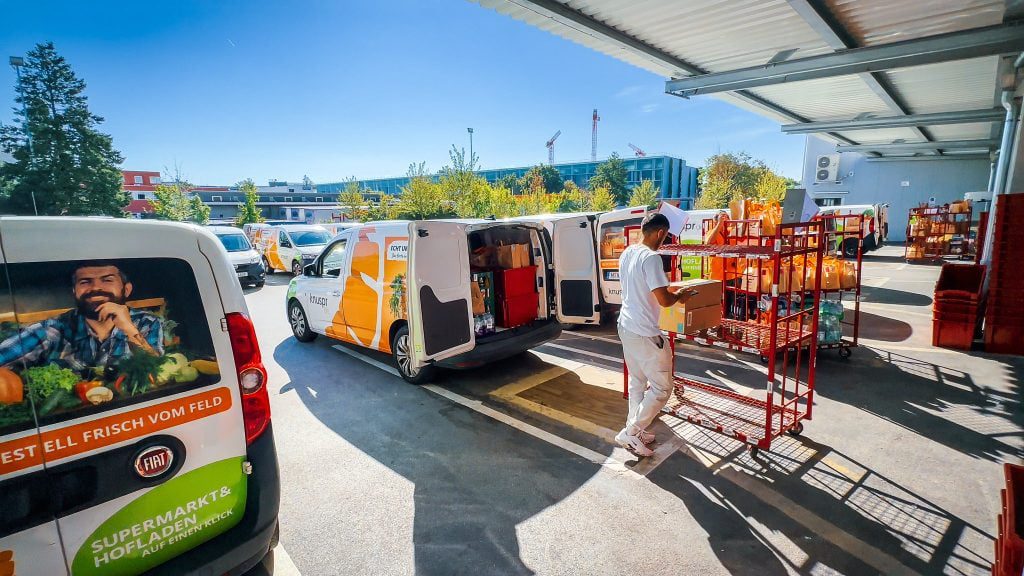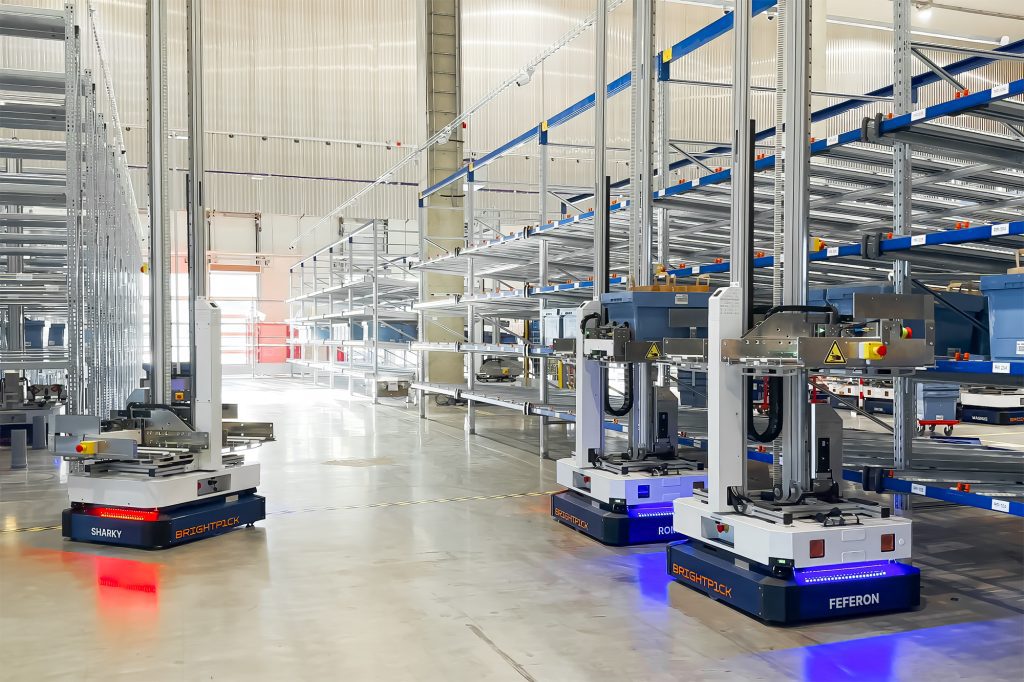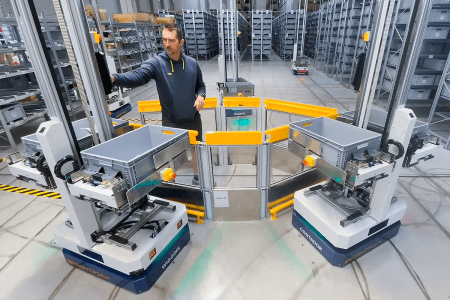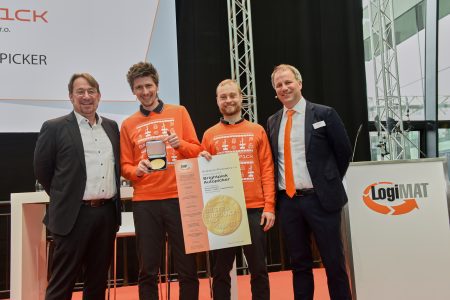How grocers and CPG retailers are using AI to drive down supply chain costs


Grocers face a conundrum: while online sales are gaining market share, almost 90% of grocers are dissatisfied with their online profitability, losing an average of 13 cents per order.
The best way to improve profitability? Improving fulfillment efficiency – according to 89% of grocers who identify that as their biggest profitability lever.
AI is transforming fulfillment processes by introducing efficiencies that were previously unattainable at scale.
Here are 5 ways grocers are using AI to improve their fulfillment and achieve online profitability today:
1. Robotic picking unlocks end-to-end warehouse automation
While automated storage and retrieval has been around for a while, warehouses still had to rely on manual picking at Goods-to-Person stations. This limited labor savings and led to occasional human errors.
Thanks to recent advancements in AI and machine vision, robots can now pick 80-90% of ambient and chilled grocery and CPG items without any prior training. AI even enables robots to recognize and handle fragile items such as eggs or glass jars. That’s why retailers such as The Feed are installing AI picking robots to automate their entire fulfillment process and maximize labor and cost savings.
2. Dynamic slotting and path planning improves picking efficiency
Grocers face demanding throughput requirements, especially during peak hours, and have long relied on dynamic slotting and path planning to enhance picking efficiency. Now, AI is further enhancing these processes.
AI enables grocers to monitor real-time demand signals and quickly reposition inventory, ensuring high-demand items are always easily accessible. Similarly, fulfillment centers are using AI to enhance path planning for picking. Unlike traditional algorithms that find the shortest path for each individual robot or person, AI coordinates the paths of all agents simultaneously, eliminating traffic jams and delays.
AI-enhanced dynamic slotting and path planning speeds up order picking which helps grocers cut picking costs and meet daily demand more effectively.
3. Enhanced reliability and error reduction improves uptime
Occasional errors in automated systems can lead to unexpected downtime. While rare, these unanticipated stoppages can have a big impact on operations and lead to significant delays in delivering customer orders.
That’s why warehouses are leveraging AI to improve the reliability of automated systems. For example, Brightpick’s mobile robots use AI to continuously monitor and ensure totes are evenly distributed on storage shelves, guaranteeting the reliability of tote loading and unloading in warehouses with uneven floors. Another use case for AI is predictive maintenance, which uses data inputs to predict equipment failures or maintenance needs.
By identifying and rectifying small issues in real-time, AI prevents them from escalating into more serious problems and thereby safeguards operations.


4. Improved inventory tracking lowers costs and improves customer service
With a 2.1% industry-average substitution rate, 2 out of 3 e-grocery customers receive a different item than ordered, leading to significant dissatisfaction. Automation and AI enable companies to enhance inventory control and reduce fulfillment errors by creating digital twins of their warehouse.
By using automation to standardize processes and eliminate human errors, companies can improve real-time inventory tracking and ensure customers do not order items that are out of stock. With more accurate inventory tracking and AI, companies can also use predictive analytics to optimize inventory levels, reduce costs associated with overstocking and avoid lost revenue from stockouts.
5. Enhanced route optimization and van loading improves last mile efficiency
Last mile costs pose a significant challenge for online grocers, as consumers expect fast, immediate delivery but are often unwilling to pay extra.
Grocers such as Walmart use AI to optimize delivery routes, minimizing miles traveled. Another area for improving last mile efficiency is the loading of vans. Rohlik Group, one of Europe’s largest e-grocers, has fully automated its dispatch using AI robots from Brightpick. These robots deliver orders to drivers in the exact sequence they will be delivered to customers, speeding up both the loading of vans and the delivery of orders.
Using AI and automation to improve van loading and optimize delivery routes helps e-grocers reduce last mile costs, which, along with picking, are their largest operational expenses.
AI is helping grocers today
Leading grocers such as Walmart, Rohlik Group, and Knuspr are using AI today to improve supply chain performance and reduce costs. Delaying investment in AI and automation means risking being left behind while competitors reap the benefits of enhanced efficiency, lower fulfillment costs, and improved customer service.
Ready to embrace the future of AI? Brightpick offers an easy path to fully automate your order fulfillment using AI robots. Reach out to learn how we can optimize your operations.


